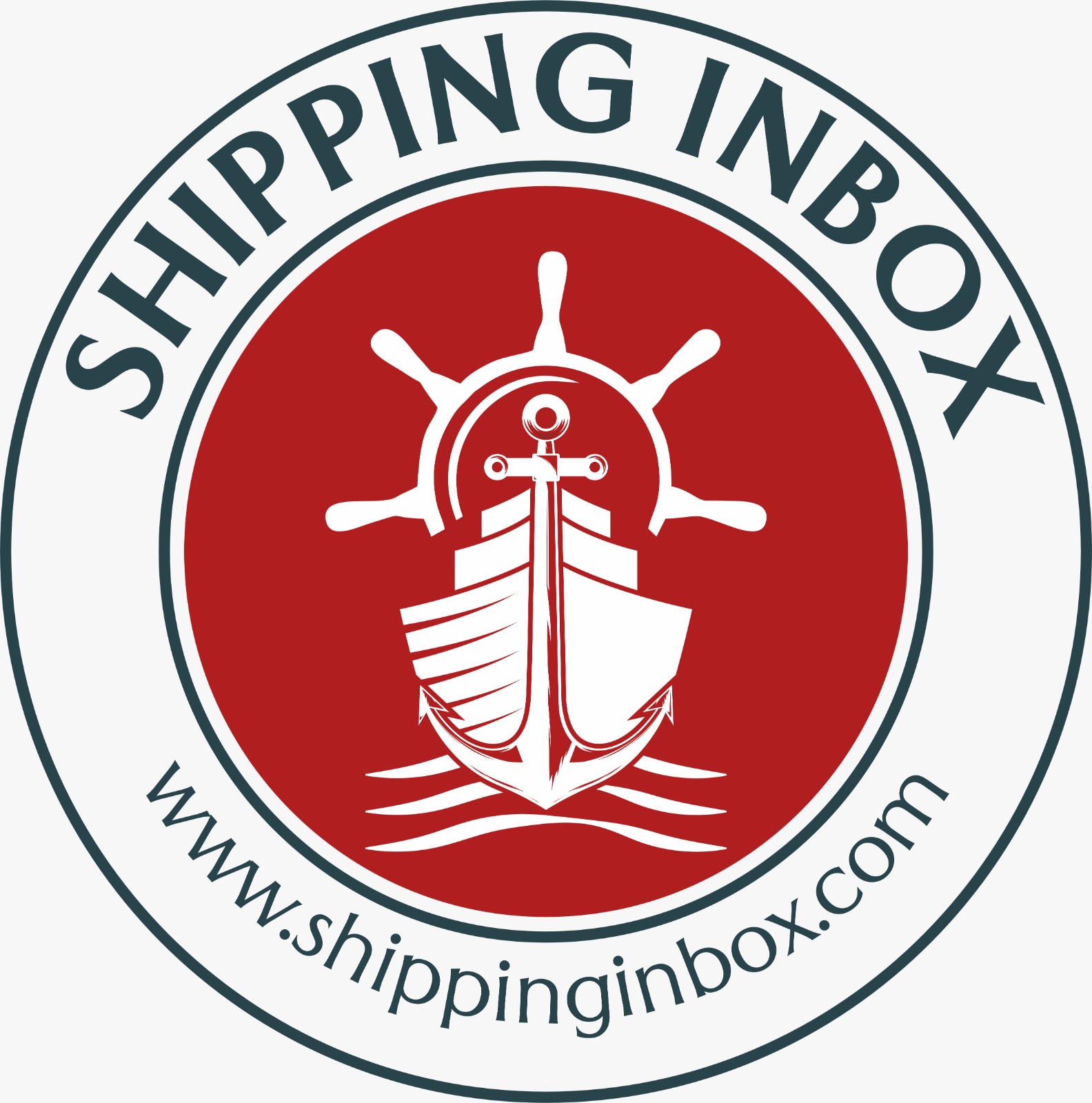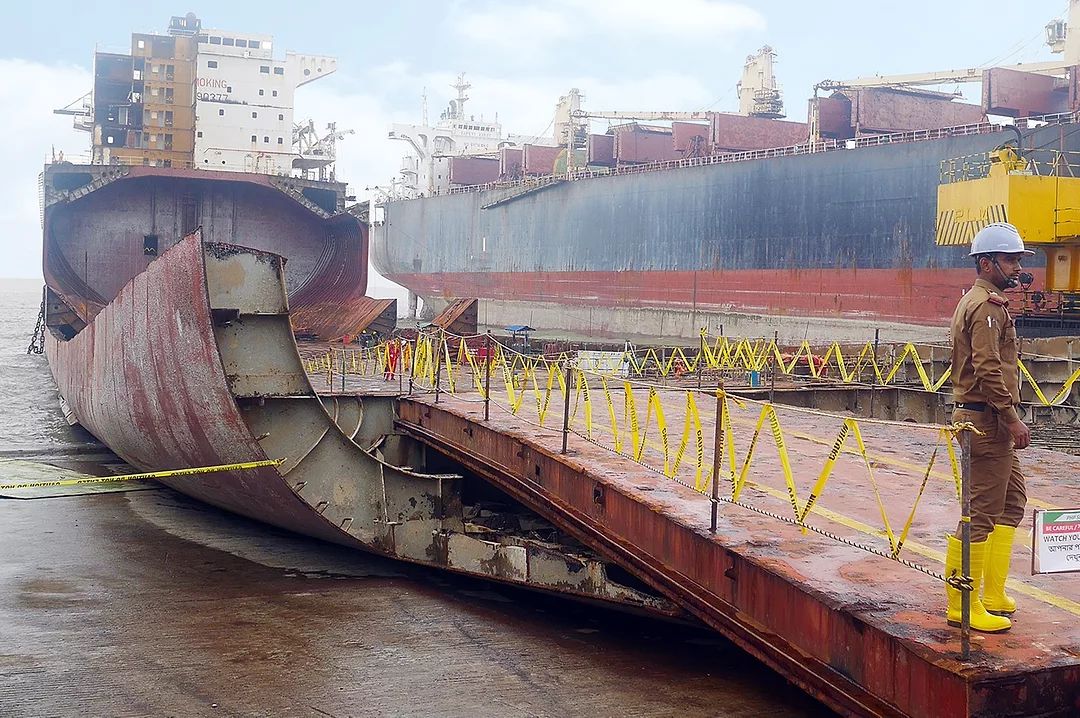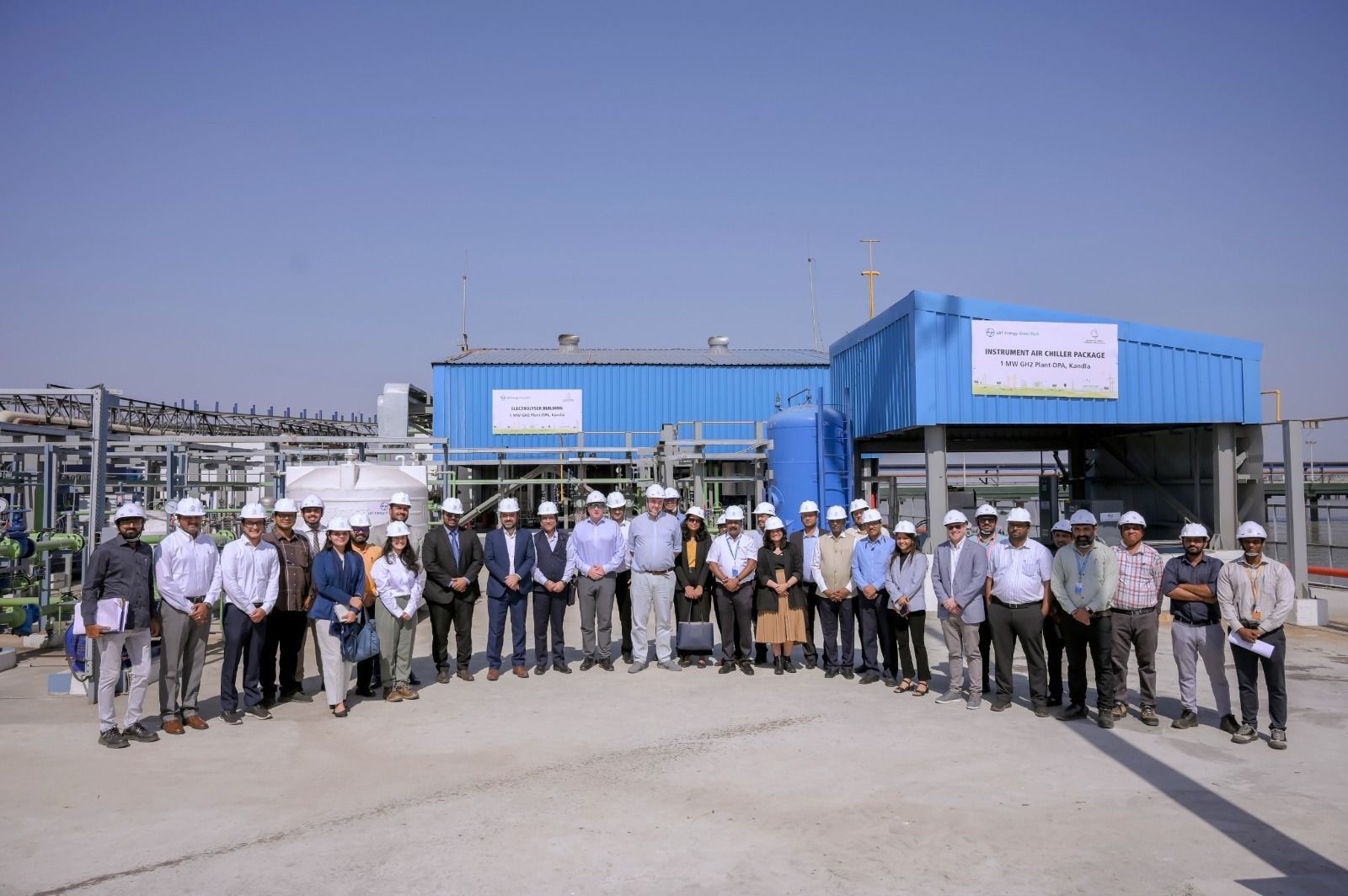DNV Charts a Course for Sustainable Ship Recycling: New Guidance Helps Shipowners Navigate Regulatory Seas
As the global shipping industry faces mounting pressure to adopt environmentally responsible practices, shipowners are grappling with the complexities of sustainable ship recycling. In a timely move, DNV, the leading classification society, has released a comprehensive guidance document titled “Safe and Green Ship Recycling for Shipowners,” aimed at helping operators comply with stringent international regulations. This initiative comes as the Hong Kong International Convention (HKC) for the Safe and Environmentally Sound Recycling of Ships is set to come into force on June 26, 2025, marking a pivotal moment for the maritime industry.

The shipping industry is at a crossroads. With thousands of vessels nearing the end of their operational lives, the need for sustainable recycling practices has never been more urgent. Shipbreaking, the process of dismantling decommissioned ships, has long been associated with environmental hazards and poor labor conditions, particularly in South Asian shipbreaking hubs like India, Bangladesh, and Pakistan. DNV’s new guidance seeks to address these challenges by providing shipowners with a clear roadmap to navigate the evolving regulatory landscape.
Understanding the Regulatory Framework
Ship recycling is a complex process fraught with environmental and safety risks. Hazardous materials such as asbestos, heavy metals, and oil residues are commonly found in aging vessels, posing significant threats to both human health and the environment. To mitigate these risks, international regulatory frameworks have been established to ensure that ship recycling is conducted safely and sustainably.
Hong Kong International Convention (HKC)
Adopted by the International Maritime Organization (IMO) in 2009, the HKC is the cornerstone of global ship recycling regulations. The convention aims to minimize risks to human health, safety, and the environment by setting stringent requirements for shipowners and recycling facilities. Key provisions include the mandatory maintenance of an Inventory of Hazardous Materials (IHM) throughout a vessel’s operational life and the requirement that ships be recycled only at approved facilities holding a Document of Authorization for Ship Recycling (DASR).
With the HKC set to enter into force in 2025, shipowners must act swiftly to align their practices with the convention’s requirements. Non-compliance could result in penalties, operational disruptions, and reputational damage.
Basel Convention (BC)
The Basel Convention on the Control of Transboundary Movements of Hazardous Wastes and Their Disposal, adopted under the United Nations Environment Programme (UNEP), plays a complementary role in regulating ship recycling. The convention restricts the cross-border movement of hazardous waste, including end-of-life ships, particularly from developed to developing countries. The Basel Ban Amendment further tightens these restrictions, making it imperative for shipowners to ensure that their recycling practices comply with international waste management standards.
EU Ship Recycling Regulation (EU SRR)
For shipowners operating within the European Union, compliance with the EU Ship Recycling Regulation (EU SRR) is mandatory. The regulation requires vessels flying the flag of an EU member state to be recycled at facilities listed in the European List of Ship Recycling Facilities. Non-compliant yards are strictly off-limits, and violations can lead to significant penalties.
DNV’s Role in Supporting Shipowners
Recognizing the complexities of these overlapping regulations, DNV has stepped in to provide shipowners with the tools and knowledge needed to achieve compliance. The classification society’s guidance document offers a detailed overview of legal obligations, best practices, and practical steps for sustainable ship recycling. DNV also provides a range of services, including IHM certification, class support, and advisory services, to help shipowners navigate the recycling process with confidence.
“As sustainability pressures grow, shipowners must fully understand regulatory requirements to ensure safe and responsible vessel recycling,” said Knut Ørbeck-Nilssen, CEO of DNV Maritime. “Our guidance provides shipowners with the knowledge they need to align with international standards while prioritizing environmental and worker safety.”
Impact on the Ship Recycling Industry
The implementation of the HKC and other regulations is expected to transform the ship recycling industry. Countries such as India, Bangladesh, Pakistan, and Turkey, which dominate global shipbreaking, will need to upgrade their facilities and practices to meet HKC standards. This shift could lead to significant improvements in worker safety, environmental protection, and waste management.
For shipowners, the path to compliance involves several key steps:
- Conducting Early Assessments: Shipowners must determine whether their vessels meet IHM requirements and identify any hazardous materials that need to be managed.
- Selecting Compliant Facilities: Recycling must take place at HKC-compliant yards that have obtained DASR certification.
- Coordinating with Regulatory Bodies: Shipowners must work closely with authorities to ensure smooth approvals for recycling activities.
- Training Crew Members: Proper documentation of hazardous materials throughout a vessel’s lifecycle is essential for compliance.
Challenges and Opportunities
While the new regulations present challenges, they also offer opportunities for innovation and growth. Emerging technologies such as robotic dismantling and advanced hazardous material treatment could revolutionize the ship recycling process. Additionally, compliance with sustainability standards can enhance a company’s reputation, making it more attractive to environmentally conscious investors and clients.
However, shipowners that fail to comply with these regulations risk severe consequences, including legal penalties, financial losses, and reputational damage. Proactive companies that embrace sustainable practices will likely gain a competitive edge in the evolving maritime landscape.
A Greener Future for Ship Recycling
As the 2025 deadline for the HKC’s implementation approaches, the shipping industry stands at a critical juncture. DNV’s “Safe and Green Ship Recycling for Shipowners” provides a valuable resource for shipowners seeking to navigate the complexities of sustainable ship recycling. By adopting responsible practices and leveraging expert guidance, shipowners can not only meet regulatory requirements but also contribute to a safer, greener future for the maritime industry.
In the words of Knut Ørbeck-Nilssen, “Responsible ship recycling is not just a legal obligation—it is a crucial step toward reducing the industry’s environmental footprint and protecting workers in shipbreaking yards worldwide.” As the industry charts its course toward sustainability, DNV’s guidance serves as a beacon, illuminating the path to a more sustainable and responsible future.
Author: shipping inbox
shipping and maritime related web portal








